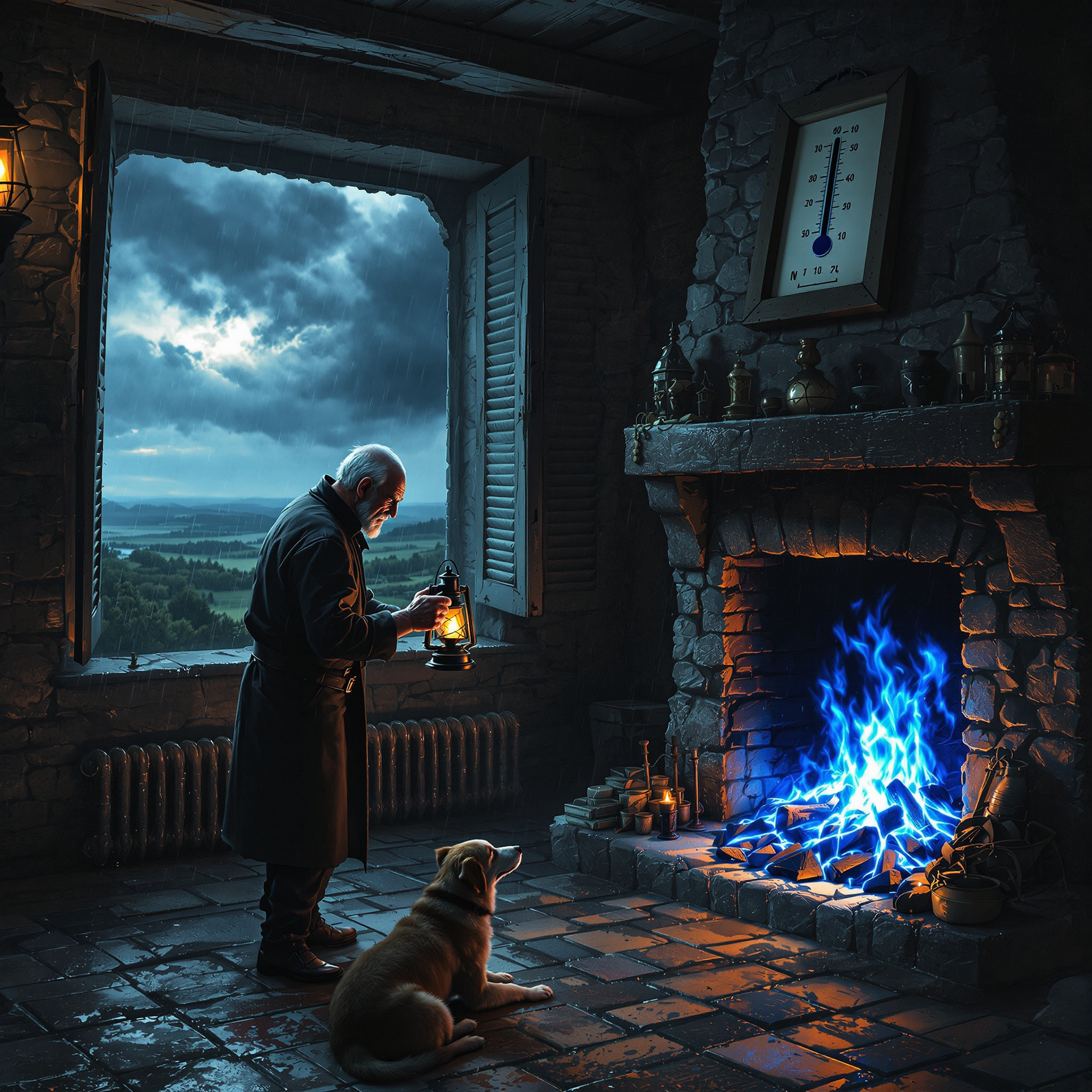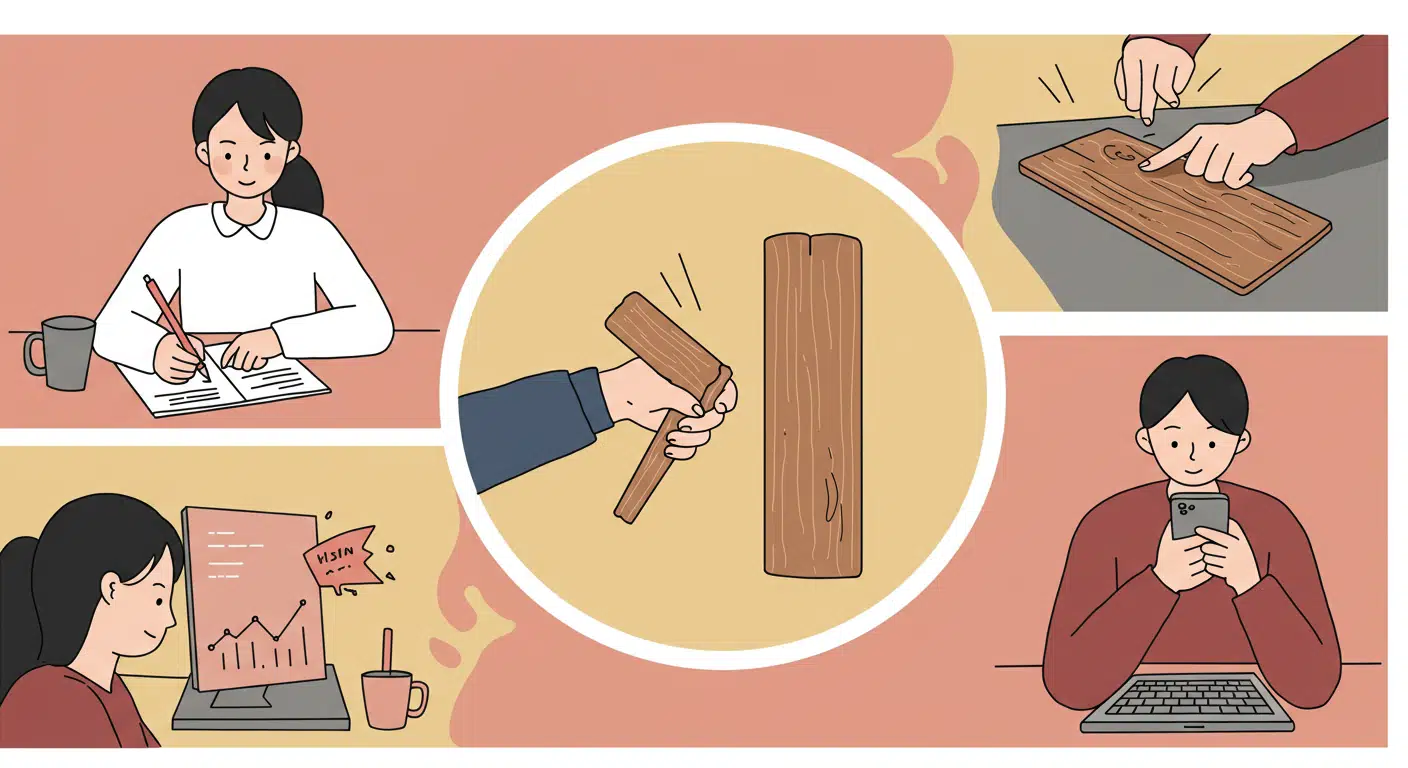This superstition holds that when a coal fire burns with unusually blue flames—rather than its typical orange or red—it signals that a storm or inclement weather is imminent. Blue flames were seen as unnatural or rare, prompting concern among those who relied on coal stoves or fireplaces, especially in rural or seafaring communities. People interpreting such signs might take precautions, such as securing property or avoiding travel. The belief likely stemmed from observing changes in atmospheric pressure and humidity that can affect how flame color appears. Though not practiced ritualistically, attentiveness to coal fire colors functioned as an informal weather forecasting method for many households.

A baby’s future career or fate is predicted by the first object they select during a ceremonial setup.
In several Asian and Eastern European cultures, a traditional ceremony is held for babies usually around their first birthday. Known


